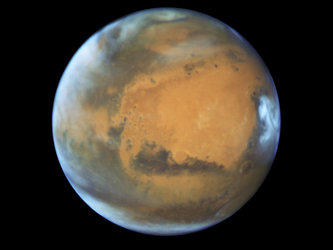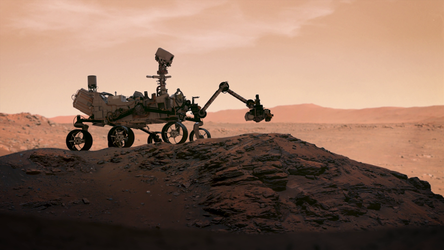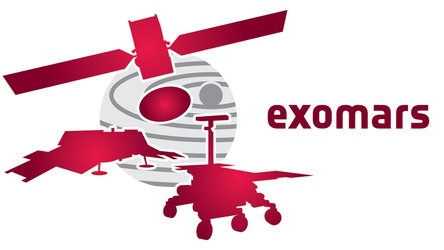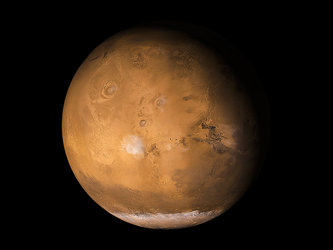ESA and NASA to investigate bringing martian soil to Earth
ESA and NASA signed a statement of intent today to explore concepts for missions to bring samples of martian soil to Earth.
Spacecraft in orbit and on Mars’s surface have made many exciting discoveries, transforming our understanding of the planet and unveiling clues to the formation of our Solar System, as well as helping us understand our home planet. The next step is to bring samples to Earth for detailed analysis in sophisticated laboratories where results can be verified independently and samples can be reanalysed as laboratory techniques continue to improve.
Mars on Earth
Bringing Mars to Earth is no simple undertaking—it would require at least three missions from Earth and one never-been-done-before rocket launch from Mars.
A first mission, NASA’s 2020 Mars Rover, is set to collect surface samples in pen-sized canisters as it explores the Red Planet. Up to 31 canisters will be filled and readied for a later pickup – geocaching gone interplanetary.

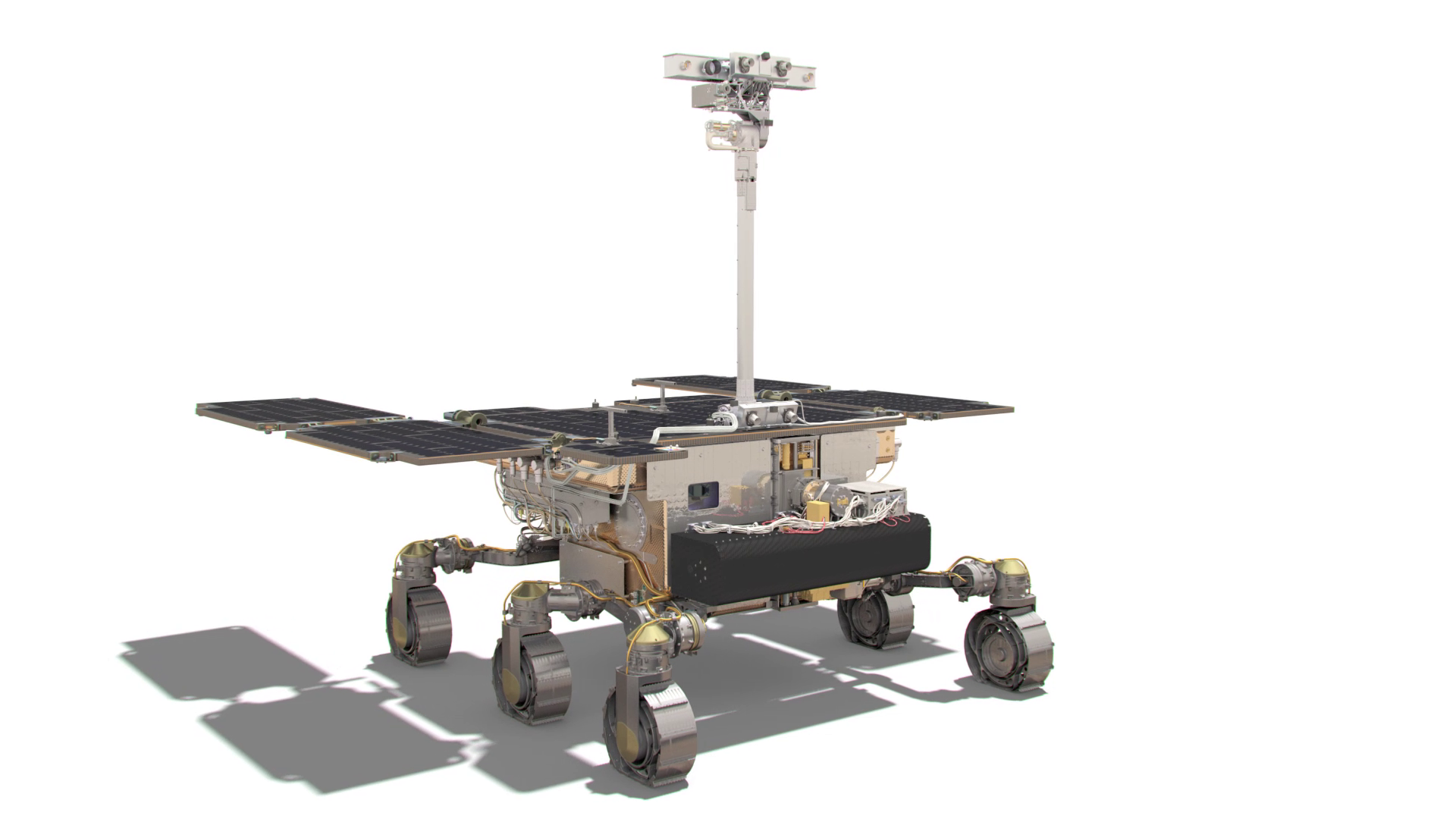
Access the video
In the same period, ESA’s ExoMars rover, which is also set to land on Mars in 2021, will be drilling up to two meters below the surface to search for evidence of life.
A second mission with a small fetch rover would land nearby and retrieve the samples in a martian search-and-rescue operation. This rover would bring the samples back to its lander and place them in a Mars Ascent Vehicle – a small rocket to launch the football-sized container into Mars orbit.
A third launch from Earth would provide a spacecraft sent to orbit Mars and rendezvous with the sample containers. Once the samples are safely collected and loaded into an Earth entry vehicle, the spacecraft would return to Earth, release the vehicle to land in the United States, where the samples will be retrieved and placed in quarantine for detailed analysis by a team of international scientists.
Studying concepts
The statement signed today at the ILA Berlin air show by ESA’s Director of Human and Robotic Exploration, David Parker, and NASA’s Associate Administrator for the Science Mission Directorate, Thomas Zurbuchen, outlines the potential roles each space agency could fulfil and how they can offer mutual support.
David says: “A Mars sample return mission is a tantalising but achievable vision that lies at the intersection of many good reasons to explore space.

“There is no question that for a planetary scientist, the chance to bring pristine, carefully chosen samples of the Red Planet back to Earth for examination using the best facilities is a mouth-watering prospect. Reconstructing the history of Mars and answering questions of its past are only two areas of discovery that will be dramatically advanced by such a mission.
“The challenges of going to Mars and back demand that they are addressed by an international and commercial partnership – the best of the best. At ESA, with our 22 member states and further cooperating partners, international cooperation is part of our DNA.”
“Previous Mars missions revealed ancient streambeds and the right chemistry that could have supported microbial life on the Red Planet,” said Thomas, “a sample would provide a critical leap forward in our understanding of Mars’s potential to harbour life.
“I look forward to connecting and collaborating with international and commercial partners on tackling the exciting technological challenges ahead—that would allow us to bring home a sample of Mars.”
The results of the mission studies will be presented at ESA’s council at ministerial level in 2019 for a decision to continue developing these missions.
Infrastructure in place
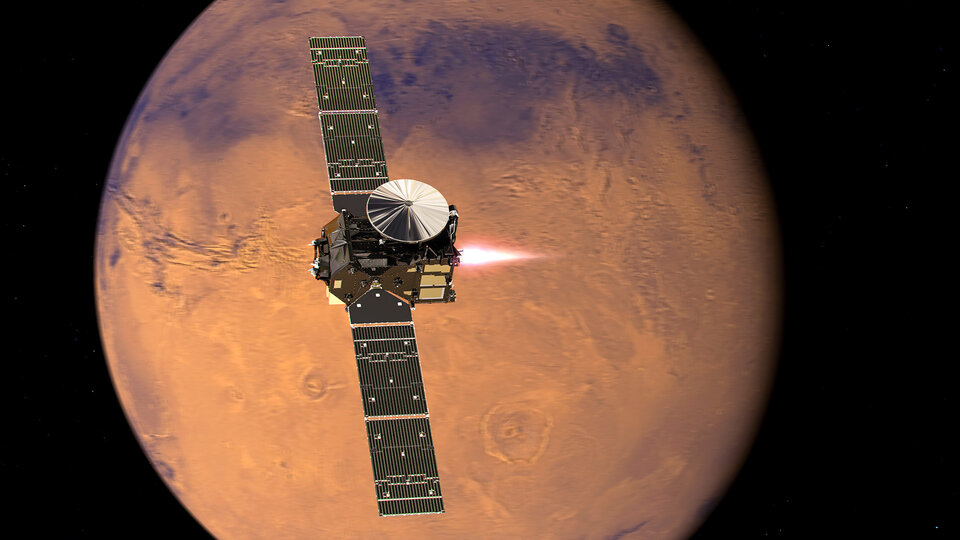
ESA’s ExoMars orbiter is already circling Mars to investigate its atmosphere. This week it transmitted data from NASA’s Curiosity rover to Earth, proving its worth as a relay satellite as well. This collaboration demonstrates good cooperation with NASA and provides an essential communications infrastructure around the Red Planet.
Findings from the ExoMars rover mission may help decide which samples to store and bring to Earth during the Mars sample return mission.
For further information, please contact:
Rosita Suenson
ESA Human and robotic exploration Communication Officer
Tel: +31 71 565 3009
Mob: +31 6 52 062 158
Email: rosita.suenson@esa.int
Dwayne Brown / JoAnna Wendel
NASA Headquarters, Washington
Tel: +1 202-358-1726/202-358-1003
Email: dwayne.c.brown@nasa.gov/joanna.r.wendel@nasa.gov



